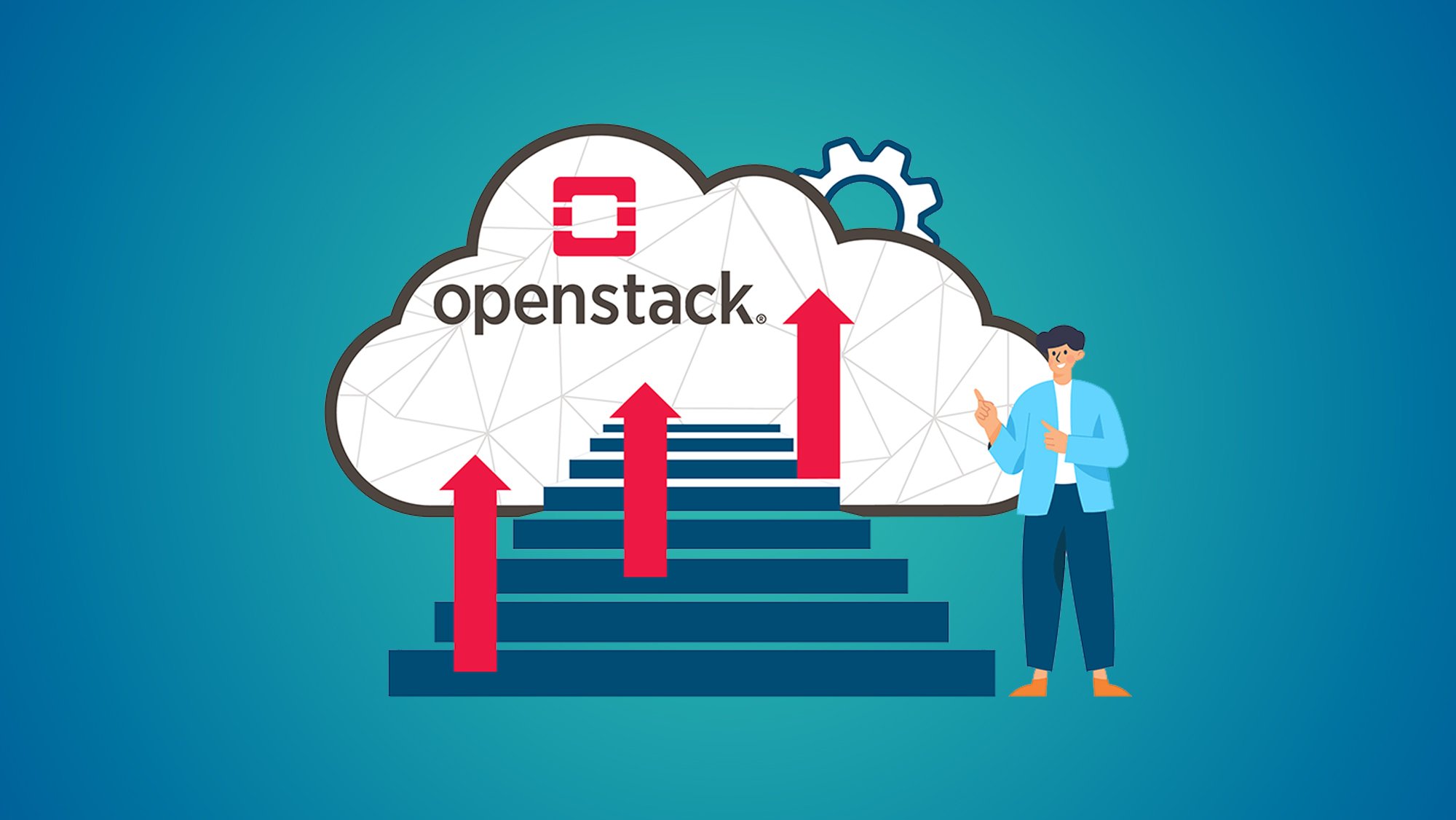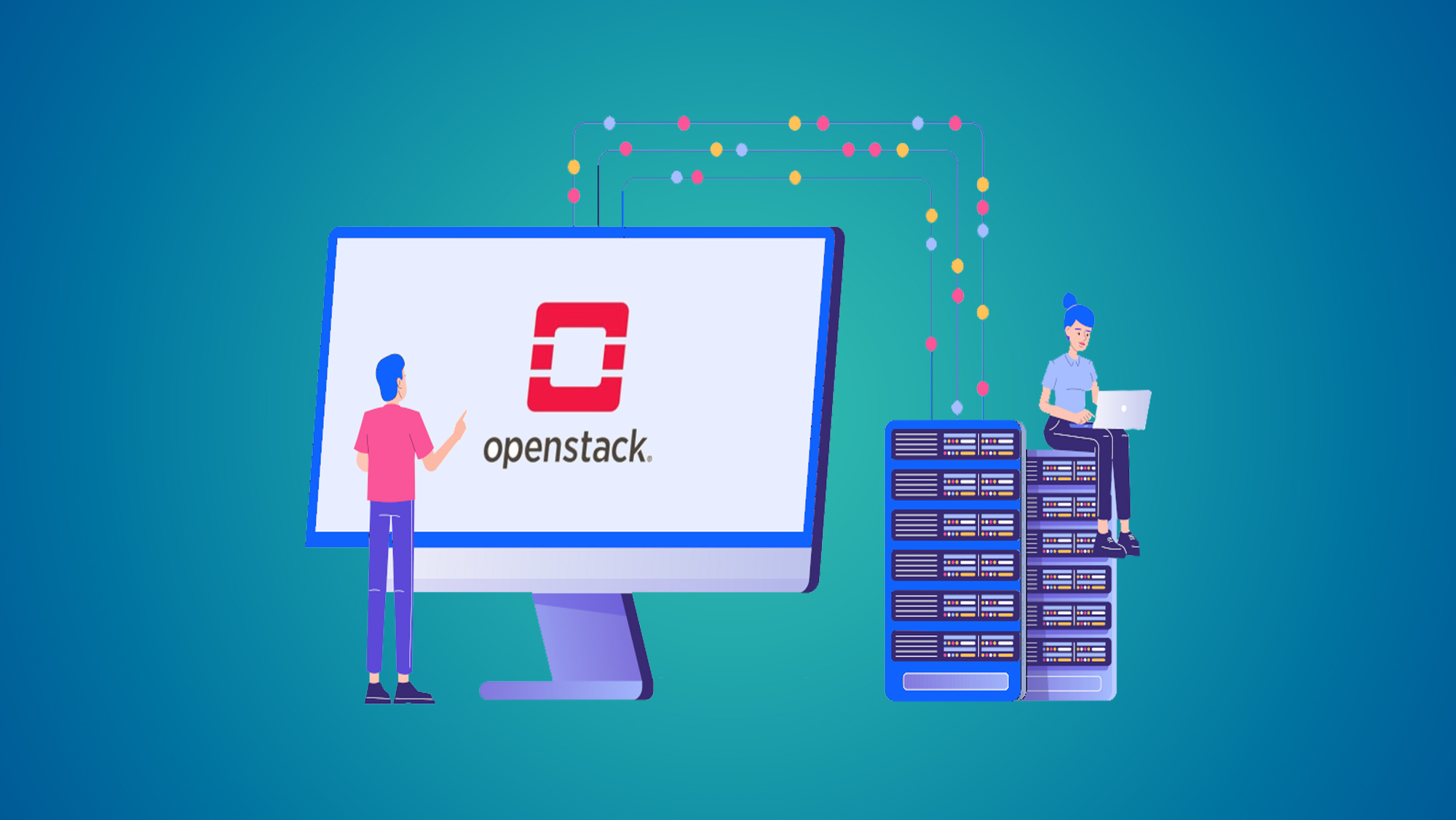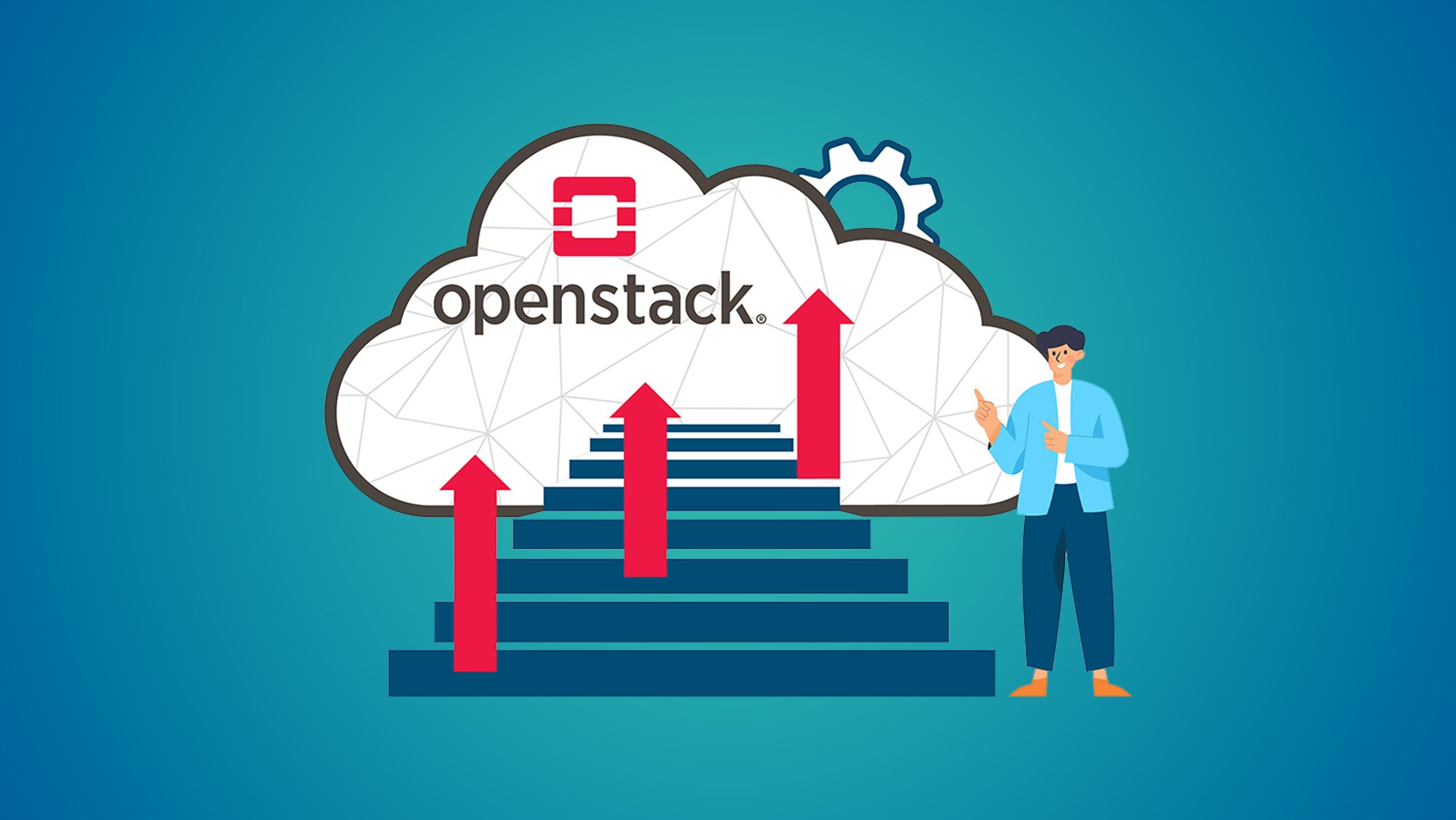OpenStack Vs Traditional Cloud: Reasons Why OpenStack Reigns Supreme
Introduction:
In the rapidly evolving landscape of cloud computing, OpenStack has emerged as a formidable contender, challenging the dominance of traditional cloud platforms. As businesses seek greater control, customization, and flexibility in their cloud environments, OpenStack offers a compelling alternative. In this in-depth blog post, we'll explore the reasons why OpenStack stands out and why it reigns supreme over traditional cloud solutions.
The Rise of OpenStack
OpenStack, an open-source cloud computing platform, was conceived to address the limitations of proprietary cloud offerings. It offers a suite of software tools for building and managing cloud environments, enabling organizations to create private and public clouds tailored to their needs.
Flexibility and Customization
- Modular Architecture: OpenStack's modular architecture empowers users to select and integrate specific components based on their requirements. This modular approach ensures a tailored and efficient cloud environment, as opposed to a one-size-fits-all model.
- Customization Potential: Unlike traditional clouds with predefined service bundles, OpenStack allows users to customize their cloud infrastructure. This level of control is particularly advantageous for businesses with unique needs or compliance requirements.
- Hybrid and Multi-Cloud Capabilities: OpenStack's flexibility extends to hybrid and multi-cloud deployments. It enables seamless integration between private and public clouds, facilitating workload portability and redundancy.
Cost Efficiency
- Cost Savings: OpenStack's open-source nature eliminates licensing fees and vendor lock-in, resulting in substantial cost savings. Businesses can allocate resources more efficiently and avoid unpredictable pricing models.
- Optimized Resource Utilization: OpenStack's resource management capabilities allow organizations to maximize resource utilization. Virtualization technologies like Nova enable efficient allocation of computing resources, leading to reduced infrastructure costs.
- Scaling Control: OpenStack empowers users to scale their cloud environments on-demand. This granular control ensures resources are allocated where and when they are needed, avoiding overprovisioning and unnecessary expenses.
Enhanced Performance and Innovation
- High Performance Computing (HPC): OpenStack supports high-performance computing workloads, making it an ideal choice for industries like research, engineering, and scientific computing.
- Bare Metal Provisioning: OpenStack's Ironic project allows users to provision physical servers directly, offering low-level access and improved performance for specific workloads.
- Innovation-Friendly: OpenStack's open-source community fosters innovation. Users can contribute to the platform's development, add new features, and integrate emerging technologies.
Security and Compliance
- Data Sovereignty: For businesses with data sovereignty concerns, OpenStack provides the ability to host sensitive data in a private cloud environment, ensuring compliance with regulatory requirements.
- Enhanced Security Control: OpenStack offers granular security controls, enabling organizations to define access rules, security groups, and encryption methods to protect their data and workloads.
Vendor Independence
- Reduced Vendor Lock-In: OpenStack reduces reliance on a single cloud provider. Users can migrate workloads between different OpenStack deployments or integrate with multiple cloud vendors, preserving flexibility and avoiding vendor lock-in.
Community and Support
- Vibrant Community: OpenStack boasts a thriving global community of developers, users, and contributors. This collaborative environment ensures ongoing development, support, and sharing of best practices.
- Diverse Ecosystem: The OpenStack ecosystem encompasses a wide range of vendors, tools, and services. This diversity empowers users to select the best solutions to complement their cloud infrastructure.
Conclusion:
In the battle of OpenStack vs traditional cloud solutions, OpenStack emerges as a heavyweight champion. Its flexibility, customization potential, cost efficiency, performance capabilities, and commitment to innovation set it apart from the confines of traditional cloud platforms. As organizations seek to gain greater control over their cloud environments, tailor their infrastructure to unique needs, and drive cost savings, OpenStack reigns supreme as the future of cloud computing. Embrace the power of OpenStack and unlock a new era of cloud customization, scalability, and agility for your business.
You May Also Like
These Related Stories

Mastering OpenStack: Tips for Successful Deployment and Management

Everything You Need to Know About OpenStack Training




No Comments Yet
Let us know what you think